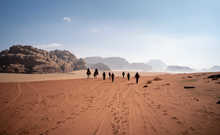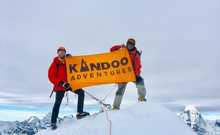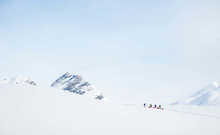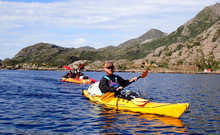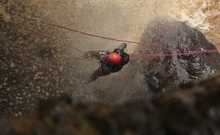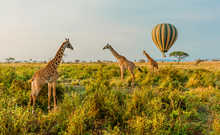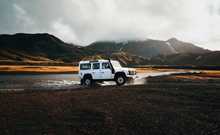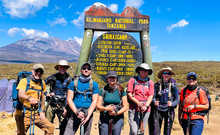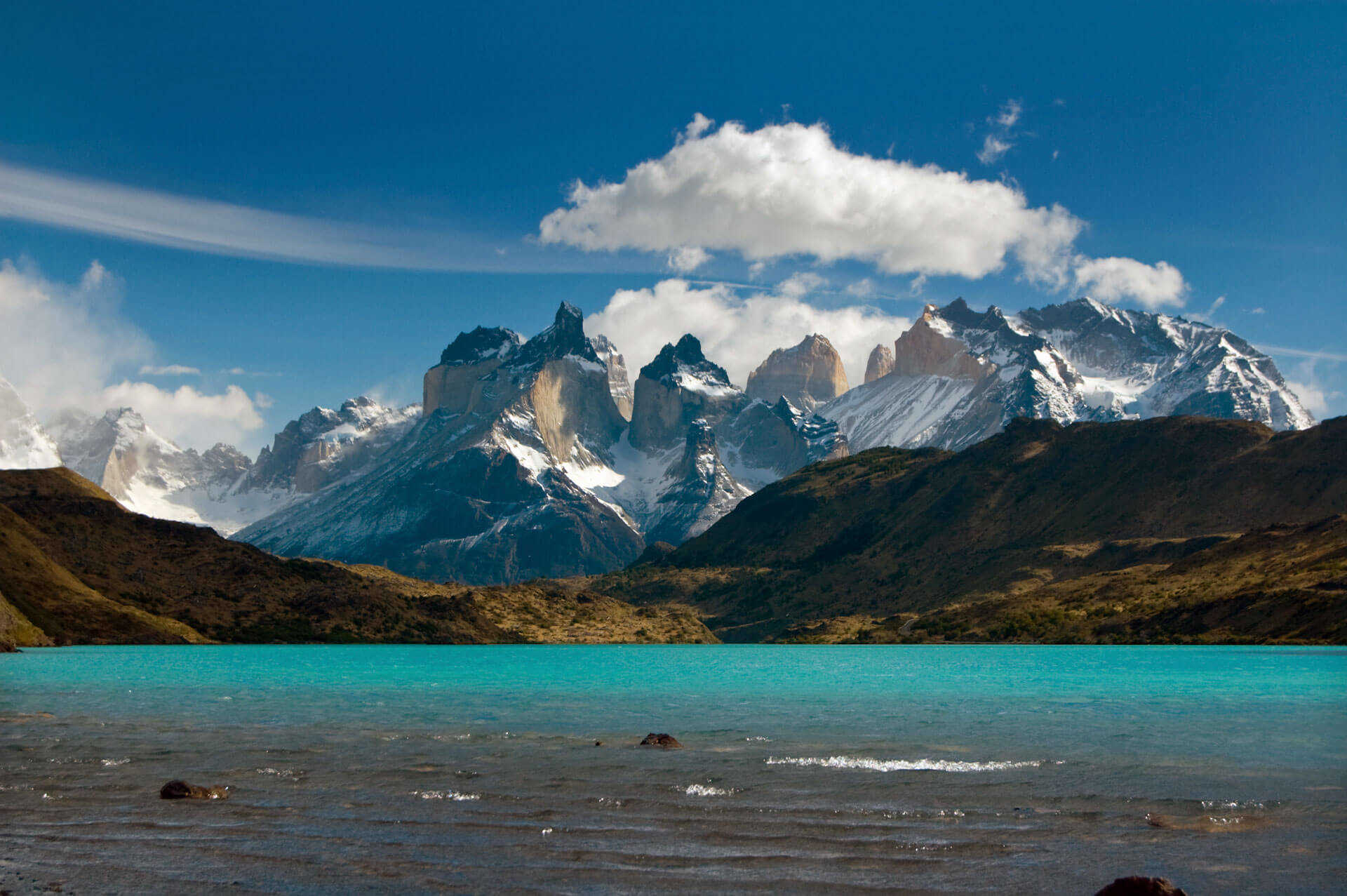Where is Torres del Paine?
Officially named as Parque Nacional Torres del Paine is a national park located in the South American country of Chile. Spanning across southern Chile and neighbouring southern Argentina is a region called Patagonia. Patagonia covers most of the southern tip of South America and is an area famed for its rugged beauty. This region is also one of the most biodiverse in the world, comprising of both Atlantic and Pacific coastline, soaring Andean mountains, crystal clear lakes and rivers, ancient rainforests, glaciers and arid desert.
Torres del Paine National Park sits towards the north of Patagonia, within the country of Chile but just a hop from the Argentinian border. It is the most visited national park in Chile and receives around 250,000 visitors each year. Almost at the centre of the park are the formidable Torres del Paine themselves – the blue towers – Paine meaning blue and Torres meaning towers. These three rugged granite peaks form the Paine Massif and are individually named Torre d’Agostini, Torre Central and Torre Monzino.

What makes Torres del Paine so special?
This 1,814 km2, or 700 m2, national park is one of the most diverse on earth. So much so that is has been designated a UNESCO Biosphere Reserve in recognition of its exceptional biodiversity and ecological value. If that wasn’t enough, everyone who visits Torres del Paine cannot help but comment on the vivid colours and stunning scenery that never fails to impress. With the blues even more blue here and turquoise waters meeting ancient glaciers at the foot of high mountains capped in snow and ice, it’s no wonder Patagonia is famed for its vibrant vistas.
In addition to incredible scenery and awesome trekking and climbing, the wildlife within the national park is hard to overlook. With the highest concentration in the world of pumas here, Torres del Paine is a haven for a plethora of wildlife. Foxes, deer, skunk, armadillo, condors, eagles, Darwin’s Rhea and flamingos all call here home too. The park boasts over 100 bird species, mammals, reptiles, amphibians and fish offering multiple chances to glance the local inhabitants as you explore the park.
Lastly, and maybe crucially for some of our shyer adventurers, Patagonia is one of the least populated places on the planet making it a desirable place to escape from more urban climes.
Best time to visit Torres del Paine
The best time to visit Torres del Paine and Patagonia as a whole is between spring and summer in the southern hemisphere – the months from October to February generally. The hottest months are typically November, December and January where the days are longer, vegetation is in full bloom and days are usually graced with blue skies. Travelling in the shoulder months of October and February may involve less of the treacherous winds of summer but still have mild temperatures and plenty to see. As autumn rolls in from March to May, the colours in Torres del Paine are simply divine and despite a cooler climate it is still a good time to visit Patagonia.
The winter months from June to August are the coldest time to visit with much of the landscape covered in snow and ice, many of the hiking trails in Torres del Paine are closed, as is much of the accommodation. For those hardy souls who don’t mind the cold, this is the quietest time to visit Torres del Paine but careful planning is required to ensure you can still make the most of your trip.

Adventure Activities
Trekking in Torres del Paine
The most popular way to explore Torres del Paine is on foot. This incredible national park has so much to offer that the best way to really immerse yourself in Patagonia is to set off on a multi-day hike through the mountains, passes and gorges of this very special place. Two iconic hiking trails through Torres del Paine are the W Trek and the O Trek. So named for the shape their routes make on a map, these treks are among the most scenic in the world and reward all intrepid travellers with an unforgettable experience.
The O Trek takes around 8 days and covers 110km or 68 miles whereas the W Trek takes closer to 4 days and covers 70km or 46 miles. The W trek is a shorter hiking route than the O and as such is more popular with those shy on time. It is less challenging than the O Trek but doesn’t visit some of the remote wildernesses that this trek takes you to.
It is possible to visit the park on day trips, either as part of a planned excursion or as an independent traveller. We may be biased but we think one day or even two, are certainly not enough to enjoy the beauty of this paradise unless you’re really strapped for time.
Mountain Biking in Torres del Paine
As you might expect, often where there is exceptional trekking there are fantastic biking opportunities too! Torres del Paine is no exception. You can hire bikes outside of the national park to explore the surrounding foothills and countryside or head into the park for half day, full day or multi-day mountain bike adventures. We’d strongly recommend finding a provider that can supply all equipment that offers guided packages as you’ll get more enjoyment from your ride if you don’t have to stop and navigate constantly.
With plenty of ascent and descent to tackle, mountain biking Torres del Paine is almost as fun as exploring on two feet.
Horse Riding in Torres del Paine
Horse riding in Patagonia is another excellent way to cover
ground and discover the hidden treasures of this fascinating national park.
Torres del Paine horse riding tours are perfect for anyone that prefers four
feet to two allowing riders to enjoy day long or multi-day hacks across the
Andean foothills around this magnificent region.
Kayaking in Torres del Paine
Exploring on land might be easier and more convenient than travelling by boat, but when there is so much water around to play on, this is an opportunity not to be missed. Find a kayaking company and join a Patagonia kayaking adventure. With some of our favourite spots to kayak in Chile, Torres del Paine is a playground where you can easily experience the magic of the region from the water. Kayak on Grey Lake and surround yourself with icebergs as you navigate towards the looming Grey Glacier. Or head to the Serrano River where you can get up close and personal with the Serrano Glacier as you paddle. Both options can be enjoyed as day excursions or multi-day expeditions, camping on the riverbanks, getting lost amongst the native flora and fauna and sleeping under the stars.

How to get to Torres del Paine
The two nearest airports to Torres del Paine are Puerto Natales airport and Punta Arenas airport, both of which are in Chile. There are no direct international flights to either airport, but visitors can fly internationally into Santiago and transfer from there to one of these regional airports. Both are approximately 3.5 hrs flight time from Santiago.
Overland you can take a bus, hire a car or book a transfer from the airports to the park gates or from Punta Arenas to Puerto Natales. Puerto Natales, officially named Teniente Julio Gallardo Airport (airport code PNT), is closer to the national park and takes around 2 hours’ drive to get there. Punta Arenas, officially named Presidente Carlos Ibáñez International Airport (airport code PUQ), is further south and another 3 hours away, making the total transfer time around 5 hours from here to the national park.
Both Puerto Natales and Punta Arenas are welcoming cities and offer plenty of places to explore before or after heading to Torres del Paine national park. Punta Arenas is known as the gateway to Antartica and is a popular destination for those wanting to visit the Straight of Magellan which bisects the region. Puerto Natales is a port city on the Señoret Channel offering easy access to the fjords, islands and waterways of eastern Chile and a hotspot for those wanting to hop onto a boat. You can even get a boat to Torres del Paine although this takes considerably longer than travelling over land.
Where to stay in Torres del Paine
Before and after you visit Torres del Paine National Park, there is a wide range of accommodation available in Puerto Natales which is a 2 hour drive away. Within the park itself there is a mixture of campsites, refuges, hostels, hotels and luxury lodges to choose from. These differ wildly but most will have a small shop to purchase supplies, toilet facilities, places to wash and somewhere to buy food.
When planning your visit to Torres del Paine it is important to consider what you want to do during your trip. Those staying in the park for a few days might want to choose a central base from which to explore, or alternatively you might be hiking one of the famous Torres del Paine treks. Whether you want a fully immersive experience, or you’d rather enjoy the sounds of nature from a more luxurious setting, there are plenty of options.

What to pack
The weather in Patagonia is as unpredictable as the great British weather so our recommendation is to pack for every eventuality. That doesn’t mean you have to pack tons of kit, just different options that can be layered and unlayered easily when spending time outdoors. Multi-day trips will require further trekking items, but these can also be hired in Patagonia for ease. Below is our suggested Patagonia packing list.
- Outerwear – insulated down or PrimaLoft jacket + water and windproof hard outer shell + hard shell trousers + gaiters (optional)
- Mid layers – fleece or softshell jacket + warm hoodie + trekking trousers + long sleeved tops
- Base layers – thermal leggings and thermal long sleeved tops + trekking socks – outer socks and sock liners + thick socks for sleeping
- Headwear – neck gaiter or buff + warm beanie hat + sun hat with wide brim + headtorch + sunglasses
- Footwear – walking boots or trekking shoes + casual shoes for evening wear
- Accessories – power bank + solar charger + sunscreen + lip balm with SPF + toiletries + pee bottle + dry bag + snacks + ear plugs + first aid kit + plug adapters + reusable water bottle
- Hiking gear – sleeping bag + camp mattress + trekking poles + day pack + duffel bag
Top tips
1. During peak times it is important to remember to buy your park permits in advance. Your tour company will do this for you if you have booked a group trip or you can do it online if you’re travelling independently.
2. Don’t underestimate the value of a local guide. You are not required to enlist a guide for most of the trails within the park, but some do require supervision. Whether you think you need one or not, the added benefits of employing a local guide are invaluable. Not only will they have local knowledge and expertise, but they will also be able to recommend where to go to see everything on your tick list, alongside where to eat, where to stay and how to get around.
3. Watch out for the wind in Torres del Paine! The sweeping winds often appear as if from nowhere changing the weather almost immediately. Remember to bring layers that are easily accessible for these frequent climate changes.
4. As with all destinations, it is important to leave no trace. Take all rubbish away with you and dispose of it in bins where possible. Avoid taking plastic into the park and remember to bring a refillable water bottle. The waters here are so clean you can drink straight from the rivers!
Visit Patagonia with Kandoo Adventures
Patagonia is one of those mysterious countries that is complicated and expensive to get to but worth every single penny. The indescribable natural landscapes, aquamarine lakes, unique wildlife and rugged remoteness make this destination a true bucket list contender. In recent years visitor numbers have increased as adventurers flock to Patagonia to climb, trek, paddle and backpack across this wonderfully diverse region. Yet wide open spaces, soaring peaks, hidden forests and ancient wonders abound and there is enough of each to explore that it still feels like a very off-the-beaten-track experience. Our trips to Patagonia offer glimpses into the beating heart of this truly special place and are a firm favourite with all the team. Get in touch with our friendly travel experts to find out more about Patagonia and how you can make memories in this unforgettable adventure destination.
